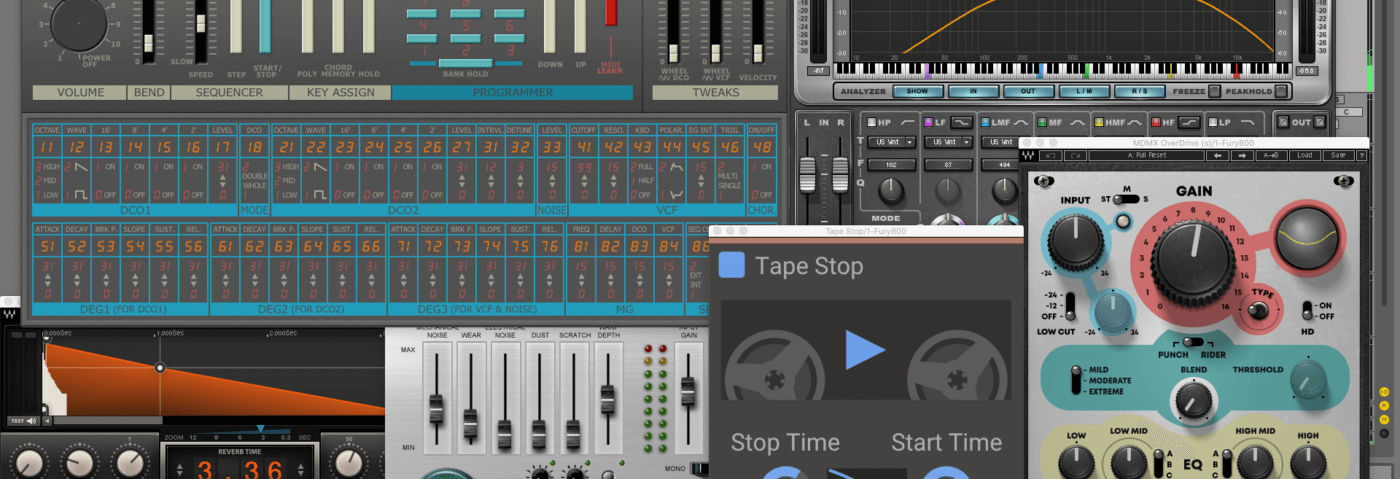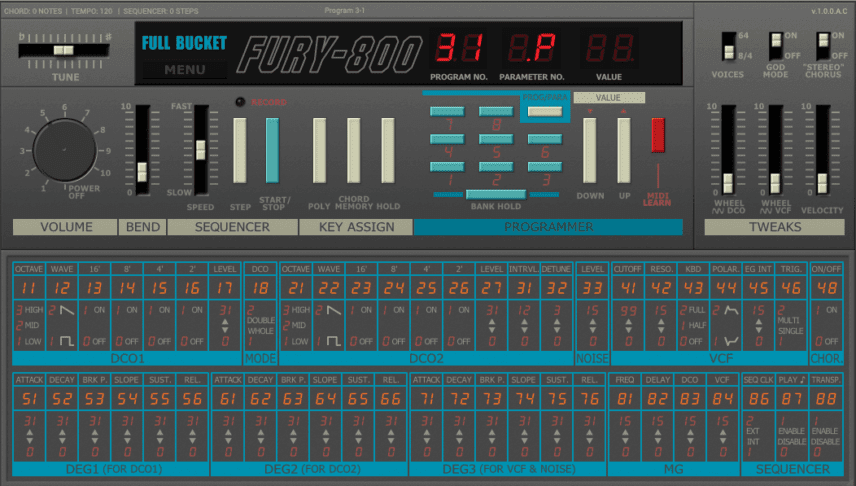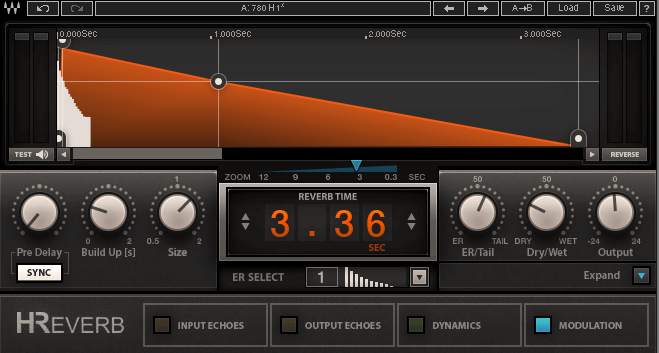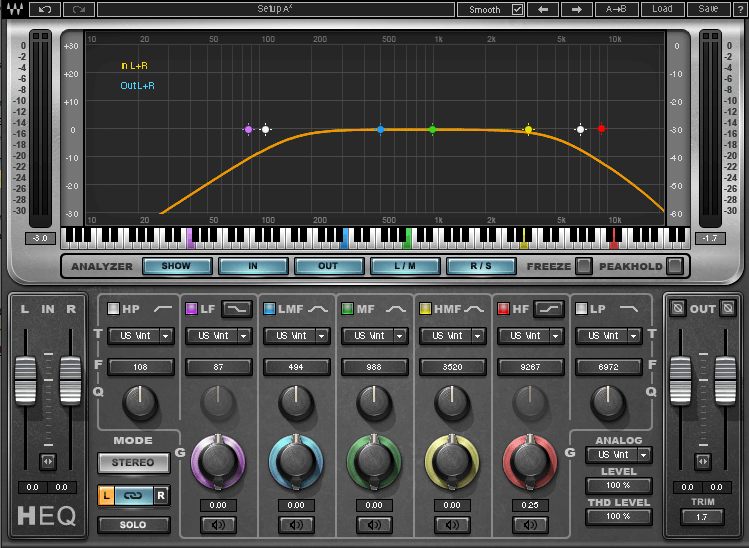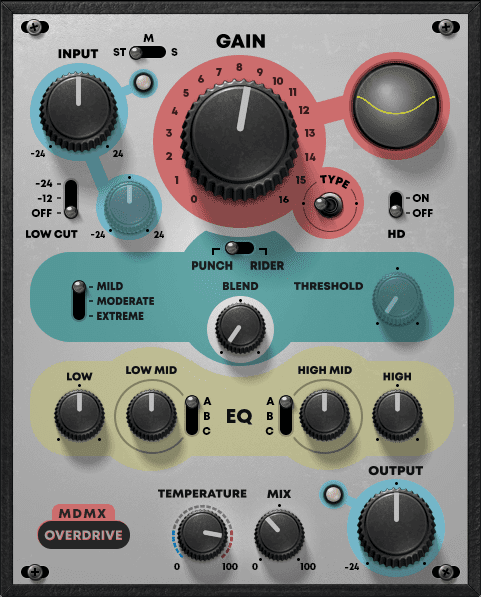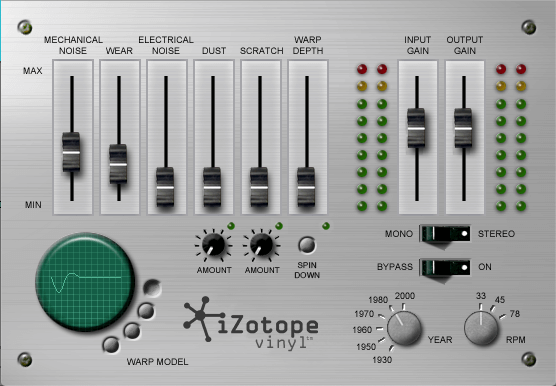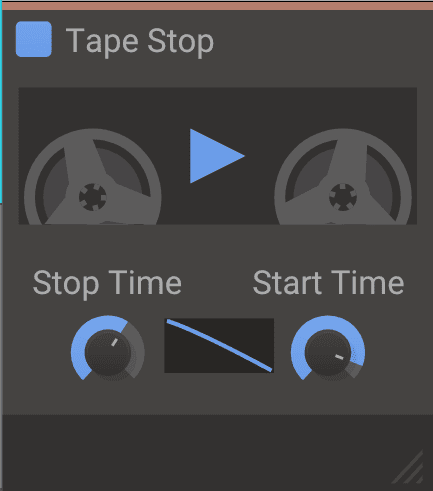In this tutorial, we show you how to recreate the sound of old VHS tape using standard effects plugins.
For much of the history of music production, the goal was always less noise, higher fidelity. Thanks to computers and digital music, most anyone can now make music free from the issues inherent in working with analogue media. The funny thing is, now that we have clean and pristine digital sound, we often look back on the analogue days with nostalgia. Indeed, entire genres of music (lo-fi house, vaporwave) glorify the imperfections of these days gone by.
One production style that is often overlooked, at least in terms of music, is VHS tape. You may have seen rips of old videocassettes on YouTube (or even remember watching them yourself, if you’re old enough). Grainy even when brand new, the visual and audio fidelity degraded over time as the magnetic particles on the tape came off. Repeated plays could also stretch out the tape, leading to tracking calibration errors that would cause the tape to suddenly increase in speed and then snap back to normal. Dubbing from tape to tape could also introduce noise and other artefacts.
In this tutorial, we’re going to show you how to reproduce this VHS ageing process using plugins. While there are some all-in-one plugins that do this kind of thing well (XLN Audio’s RC-20 Retro Color, for example) they’re generally geared towards replicating the sound of reel to reel and cassette tape players. VCRs had their own idiosyncrasies, so we’ll be working with the kinds of everyday plugins you likely already have in your arsenal to get the sound.
We used our effect on just one synth part but there’s nothing stopping you from using it across the mix in a breakdown or even throughout the song, depending on your a e s t h e t i c.
As always, click on any image to enlarge it.
We’ll show you how to go from a standard synth sound like this:
To one like this:
Step 1
We start by making a suitably ‘80s synth pad in Full Bucket Music’s Fury-800, a freeware emulation of the Korg Poly-800. Starting with an init patch, we’ve created a simple sound with two sawtooth oscillators. A little bit of slow LFO on the pitch and filter gives it a woozy vibe. We engage the chorus to complete the ‘80s feel.
Next, we’re going to lay down some chords with a synthwave feel. We go for something in A minor, with a simple A minor, G, F progression.
Lastly, we add an instance of Waves’ H-Reverb to the signal. You can’t have ‘80s without reverb. We go with the 780 H1 preset, an emulation of the Klark Teknik DN 780 from 1986. We engage the modulation button to add some movement and adjust the wet/dry knob to keep our sound from being swamped. By putting the reverb here rather than at the end of the chain, it’s as if the produced sound is being degraded in its entirety, reverb and all.
Step 2
It’s time to fire up the VCR and start degrading our sound. VHS tape (or pretty much any tape at all) has a restricted frequency band compared to digital recording. It’s particularly noticeable in the highs and lows. We add a copy of Waves’ H-EQ to the channel after the reverb to replicate this. We engage the lowpass shelf and roll it off to about 7kHz. We similarly use the highpass shelf to cut lows at about 100Hz. We also turn on the Analog mode, as you can never have too much analogue signal degradation, right?
VHS tape often had drop-outs in fidelity where the magnetic particles had fallen off the tape. We can recreate this by automating the lowpass shelf to dip occasionally. We draw in some automation, using curved lines for a more natural feel.
Here’s our chord progression with automated EQ dips.
Step 3
When you make a copy of a videotape, the quality degrades. Make numerous copies and the level of degradation increases sharply. Let’s use a distortion plugin to mimic this. We need one that will do low-level distortion—we don’t want to completely blow it out—so we go with MDMX Overdrive from Waves. It has a saturation circuit that’s useful in these kinds of situations.
We place the plugin after the EQ and turn up the gain about halfway. We also crank up the temperature, which controls saturation. It’s sounding nice and old but it’s a little heavy-handed, so we back off on the Mix knob to about 35. Even more subtle settings could be useful depending on the effect that you’re going for.
Our synth chords with added distortion.
Step 4
Being an analogue medium, VHS tape is pretty noisy. Let’s add a noise floor to our sound with iZotope’s free Vinyl. It’s a little long in the tooth but still gets the job done. And it’s free. You can’t complain about that.
To add noise, we raise the Mechanical Noise slider to about -12dB. This introduces a loop of sampled noise. If you prefer to use a different noise source, you could bounce down a loop of white noise from a synthesizer and layer it under the synth pad. We also raise the Wear slider to about 15% to further degrade the sound. And because we’re going for a warped ‘80s sound, we turn the Year knob to 80s.
The synth with noise and wear courtesy of Vinyl.
Step 5
Lastly, let’s recreate the all-important tracking pitch wobble, the sound of stretched tape being calibrated. We’re going to use Kilohearts’ Tape Stop plugin to do this but your DAW may already have this functionality built-in. (For other tape stop effect ideas, check out our tutorial, ‘Creative Tape Stop Effects’.)
We place an instance of Tape Stop last in line of our signal chain so that it affects everything simultaneously. We play around with the start and stop times until we find something that sounds suitably VHS: not too fast yet not too slow.
We want to create intermittent tape ‘snags’ so we use automation to achieve this. We draw in three, quick dips in the Play automation lane. We also don’t want the snags to sound too similar to each other, so we automate the start time to get faster towards the end of the four-bar phrase. For more authenticity, you could add subtle variation to start and stop times throughout a whole song.
Our synth sound with automated tape stop effects.
Lastly, we add a little H-Reverb to a send channel. Hey, the ‘80s was all about big reverbs.
Here is how everything sounds together one more time.
